Astrophysicist Dhruba Saikia says that for him finding a new bird that he has never seen before is as exciting as finding a new galaxy. Here is more about how he started birding.
Please tell us a bit about yourself. What do you do and where do you live?
Presently, I am heading the Teaching Learning Centre and the National Resource Centre for Astronomy and Astrophysics of the Inter-University Centre for Astronomy and Astrophysics (IUCAA) at Pune, where I live. I was earlier a professor at the National Centre for Radio Astrophysics of the Tata Institute of Fundamental Research (TIFR) where I worked for over forty years. My research interests are on different aspects of extragalactic astronomy and astrophysics, especially active galaxies, and more recently on education, with an emphasis on higher education. Besides TIFR, I have been engaged in research and/or teaching at the Jodrell Bank Observatory of the University of Manchester; National Radio Astronomy Observatory USA; Queen’s University at Kingston, Canada; Australia Telescope National Facility (CASS) of CSIRO Australia, the University of Western Australia and Cotton University, India. I have published extensively and was the Editor of the Bulletin of the Astronomical Society of India and the Founding Vice-Chancellor of Cotton University at Guwahati. I am a Fellow of the National Academy of Sciences, India. Among my hobbies, watching and documenting birds is one I am very fond of.
When and how did you get interested in birding?
I grew up in the picturesque town of Shillong, and have always been fond of nature. One would then invariably get up in the morning hearing the chirping of the sparrows. That was in the 60s. However, I first started keeping some notes and/or pictures of birds I either saw or heard much later, from about mid-2000s. When I was Vice-Chancellor of Cotton University, I started the Department of Environmental Biology and Wildlife Sciences, and one of my colleagues in the Department, Narayan Sharma, introduced me to eBird. I have enjoyed birding for a long time, watching these wonderful creatures, their habits, habitats, nest making, mating displays, seasonal appearances of some, the summer and winter migrants. However, being able to log one’s observations in eBird was wonderful, not only to keep a personal log, but being able to contribute to the science that is being done with the database. I also attended the course on Ornithology conducted by Satish Pande at Pune, which was very helpful.
As an astronomer would you say birding is as much fun as astronomy?
Astronomy and birding are both fun, but different. The scientific questions and the tools we use are different. However, finding a new and interesting galaxy, even though there are over about a hundred billion galaxies, is extremely exciting, just as seeing a species of birds one has not seen earlier. It was only relatively recently that I saw the Pied Cuckoo, a common bird, on the bank of the Mula river close to home, eating a hairy caterpillar, and was thrilled. A nice animation has been made using birdwatchers’ sightings of the Pied Cuckoo and the spread of monsoon weather.
Do you have a favourite bird or birds? Why is it/are they your favourite?
It is difficult to pick out one’s favourites. Each one is unique in its own way. However, I really marvel at the engineering feat of the weaver birds making their nests, and the tailor bird stitching the leaves. The green bee-eater is quite common where I work, as well as where I live. It is fascinating watching them moving in a zig-zag fashion to catch an insect and come back to the same spot to have its meal.
Where do you enjoy birding the most?
It is great fun birding in campuses of educational institutions, because you invariably meet a fellow birder or manage to interest somebody in birding, and get them to register in eBird! Of course in different environments, one sees different kinds of birds. For example during our recent visit to IIT Mandi, I saw several species for the first time which included the Black Francolin, Himalayan Bulbul, Himalayan Griffon, Red- and Yellow-billed Blue Magpie to name a few while birding in the campus with R Padmanabhan, Surya Prakash, Rowena Robinson, Priscilla and Timothy Gonsalves, Director of the Institute. IIT Bombay, IIT Guwahati, Pune University including IUCAA and NCRA, Gauhati University, Tezpur University are some of my favourite campus spots. Besides campuses, water bodies are places where I enjoy birding the most. Kaziranga, Maguri Beel, Deepor Beel, Mula river, Bhandup Pumping Station are among my favourites.
Do you have a birding partner or a group you enjoy birding with? How is birding alone different from birding with others?
It is always fun birding with friends as one learns from one another, and also with more pairs of eyes and ears one spots more birds. In most places I visit I now have a birding friend(s) or group: Rupam Bhaduri at IIT Guwahati, Narayan Sharma at Cotton University, Jaydev Mandal and Pranjal Mahananda at Gauhati University, Ravi Dumpala at VNIT, R Padmanabhan at IIT Mandi, Bishal Thakuri at Sikkim University, Rowena Robinson from IIT Bombay, Mayur Bawri at Kaziranga, Deborshee Gogoi at Digboi College, Gazi Ahmed at Tezpur University, Sumana Nandi and Vaibhav Savant at IUCAA/Pune University, Sanjeev Naik of Pune, to name a few. Occasionally when I want a quiet contemplative moment in the woods, birding alone is also rewarding.
Anything on the birding bucket list?
I would like to explore more of the Eastern Himalayas, the North-East and the Western Ghats; much more than I have been able to do so far. I would like to see the Amur Falcon on its migratory path.
Has eBird changed how you bird? How?
eBird has encouraged me to keep meticulous records of what one sees, without taking away the joy of watching birds. The repository for pictures and bird sounds is also an excellent resource. I may not have recorded bird sounds without being able to upload them and store them easily in eBird. This has helped improve my vocabulary of bird sounds, although it is still far from satisfactory!
Have you set any birding goals for the coming months?
I would like to cover 25 districts of the country with at least 3 complete lists by the end of the year. But above all, I would just like to keep enjoying birding without worrying about the numbers. If I can see a few more species I have not seen earlier and be able to observe them for a while, it will be great. Some day I would like to take up more serious academic work on birds.
What is your message for fellow birders?
It is a journey of enjoying some of the beautiful inhabitants of our Earth and is also one of continuous learning for us. Besides being a valuable indicator of our immediate environment, observing and studying them take us a step closer to nature, of which we are all a part of. It is relaxing and therapeutic to be away from the pressures of everyday life and be in the world of the birds for a while. I would urge my fellow birders to enthuse the youngsters as they are the custodians of the future of a very fragile Earth.
Header image: Common Tailor Bird Orthotomus sutorius by Samyak Kaninde (see checklist)

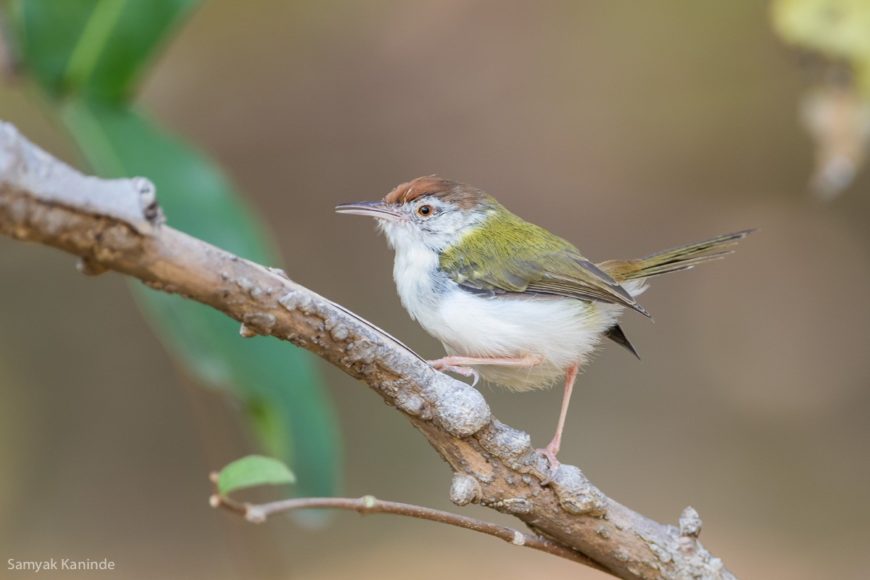
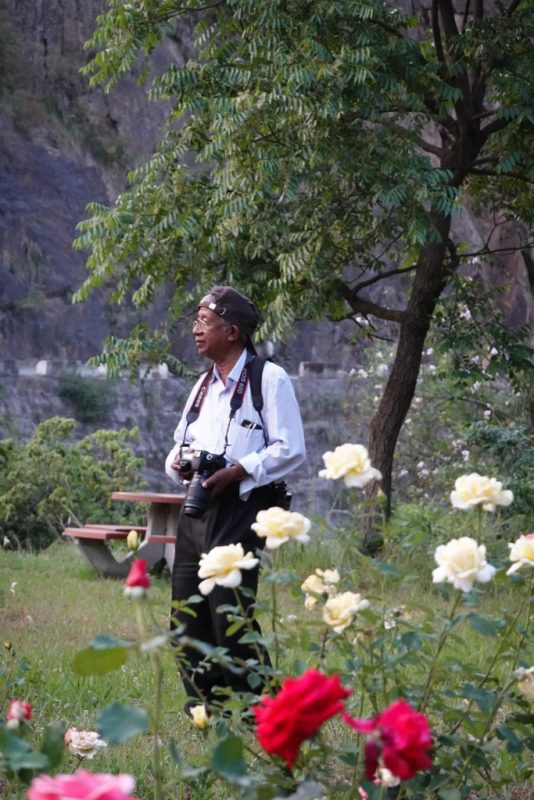
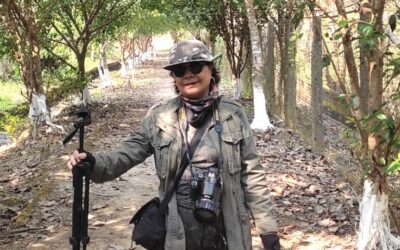
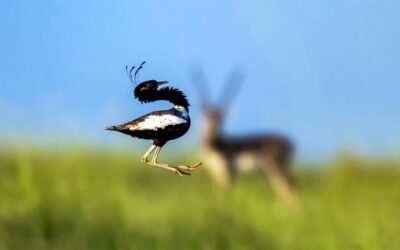
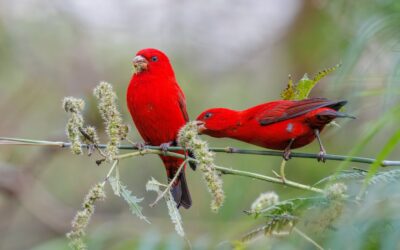
I’m very happy to read your interview as under profile! Good to know that you’re enjoying and documenting as well!
U r always an inspiration Dhruva sir.
Fascinating reading
Inspiring …